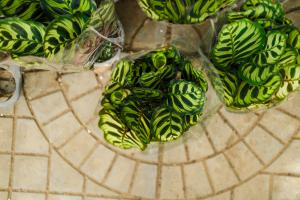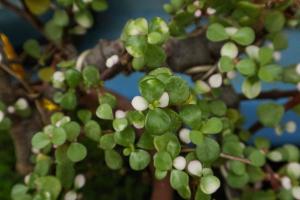Introduction
Tap water is an essential resource for plants, but it can be acidic and detrimental to their health. The acidity level in tap water can vary depending on the water source and treatment processes. In this article, we will discuss how to reduce the acidity in tap water for plants.
Testing the Acidity Level
Before we can take steps to reduce the acidity level in tap water, we need to test it. You can purchase a pH test kit from a garden center or online. Follow the instructions provided by the kit to test the acidity level of your tap water. The optimal pH range for most plants is between 6.0 and 7.5.
Boiling the Water
One way to reduce the acidity level in tap water is to boil it. Boil the tap water for at least 15 minutes, then let it cool before using it on your plants. Boiling water raises its pH level, making it less acidic. However, this method may not be practical if you need to water a large garden or outdoor plants.
Adding Lime
Another way to reduce the acidity level in tap water is to add lime. Lime is a natural alkaline substance that can raise the pH level of the water. You can purchase lime from a garden center or hardware store. Add a teaspoon of lime per gallon of tap water and mix it thoroughly before using it on your plants.
Using Baking Soda
Baking soda is another natural substance that can help reduce the acidity level in tap water. Add half a teaspoon of baking soda per gallon of tap water and mix it thoroughly. Baking soda raises the pH level of the water, making it less acidic. However, be careful not to use too much baking soda as it may alter the nutrient balance in the soil.
Using a Water Filter
A water filter can also help reduce the acidity level in tap water. A filter can remove impurities, such as chlorine and other minerals, that can contribute to acidity. You can purchase a filter pitcher or install a whole-house filtration system. A filter can be a cost-effective and convenient solution to reduce the acidity level in tap water.
In Conclusion
Reducing the acidity level in tap water is essential for the health and growth of plants. Boiling the water, adding lime, using baking soda, or using a water filter are all effective ways to reduce acidity. Make sure to test the pH level of your tap water before and after making these changes to ensure the optimal pH range for your plants. By following these tips, you can provide your plants with the best quality water for healthy growth and vibrant blooms.

 how many times do yo...
how many times do yo... how many planted tre...
how many planted tre... how many pine trees ...
how many pine trees ... how many pecan trees...
how many pecan trees... how many plants comp...
how many plants comp... how many plants can ...
how many plants can ... how many plants and ...
how many plants and ... how many pepper plan...
how many pepper plan...





























